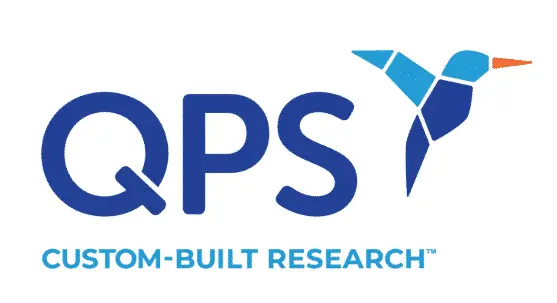Scientists have designed a new gene therapy strategy that uses an optogenetic approach to attack cancer cells from the inside. Optogenetics combines genetic engineering and light to control cell functions by introducing light-sensitive proteins into target cells. The therapy targets cancer cells’ mitochondria, the energy-producing centers. Researchers have published the results of experiments testing the gene therapy, known as mLumiOpto, against aggressive brain and breast cancer tumors in mice.

Short-Circuiting the Cell’s Power Supply
Mitochondria drive many processes in cell development and have long been a target for therapies attacking cancer cells. However, their tough inner membrane has been a difficult barrier to break through. The researchers, led by Lufang Zhou and X. Margaret Liu from The Ohio State University Comprehensive Cancer Center, found a way to exploit a weakness in this membrane—its electrical charge balance.
By disrupting the membrane’s electrical potential gradient, mLumiOpto depolarizes the mitochondrial membrane, which results in cell death. The therapy achieves this with a combined strategy of a bioluminescence-emitting enzyme and a light-sensitive protein known as cationic channelrhodopsin (CoChR) that produces positively charged electrical currents. The genetic information for these two key components is delivered using an engineered adeno-associated virus (AAV). The proteins are produced in the mitochondria, and a chemical injection activates the bioluminescent enzyme, triggering CoChR.
Zhou explained that “Previous attempts to use a pharmaceutical reagent against mitochondria targeted specific activity pathways in cancer cells. Our approach targets mitochondria directly, using external genes to activate a process that kills cells.”
Zhou’s earlier research revealed that a protein generating electrical currents could disrupt the mitochondrial inner membrane. Initially, the team activated this light-sensitive protein using a laser. By developing an internal light source, they advanced the technology a step closer to clinical application.
Precision Targeting to Spare Healthy Cells
The therapy’s success depends on hitting the right target while leaving healthy cells untouched. To help ensure precise targeting, the researchers added a monoclonal antibody to the engineered AAV delivery vehicle. “This monoclonal antibody can identify a specific receptor, so it finds cancer cells and delivers our therapeutic genes. We used multiple tools to confirm this effect,” explained Liu. “After constructing AAVs with a cancer-specific promoter and a cancer-targeting nanoparticle, we found this therapy is very powerful to treat multiple cancers.”
The researchers tested the therapy in mice models of two aggressive cancer types: glioblastoma and triple-negative breast cancer. Studies showed that the therapy was effective in reducing tumor size and extending survival in animals with glioblastomas. Imaging studies showed that healthy tissues were unaffected, and researchers found evidence that the monoclonal antibody also triggered an immune response, leveraging more of the body’s natural defenses against the tumors. Researchers believe this platform could be adapted for other hard-to-treat cancers in the future.
Next Steps
Although the technology is still in its early stages, researchers believe it has significant potential. Because the therapy does not depend on cancer-associated proteins or pathways, which are often compromised during extended treatment, it may be especially effective against drug-resistant cancers. Future studies will evaluate the treatment against other types of cancers as the research team continues to test the therapy to better understand its effects on tumor cells and the immune response. If successful, mLumiOpto could become a powerful new tool in the fight to overcome cancer.
Did you enjoy this blog post? Check out our other blog posts as well as related topics on our Webinar page.
QPS is a GLP- and GCP-compliant contract research organization (CRO) delivering the highest grade of discovery, preclinical and clinical drug research development services. Since 1995, it has grown from a tiny bioanalysis shop to a full-service CRO with 1,200+ employees in the US, Europe and Asia. Today, QPS offers expanded pharmaceutical contract R&D services with special expertise in pharmacology, DMPK, toxicology, bioanalysis, translational medicine, cell therapy (including PBMCs, leukopaks and cell therapy products) and clinical development. An award-winning leader focused on bioanalytics and clinical trials, QPS is known for proven quality standards, technical expertise, a flexible approach to research, client satisfaction and turnkey laboratories and facilities. Through continual enhancements in capacities and resources, QPS stands tall in its commitment to delivering superior quality, skilled performance and trusted service to its valued customers. For more information, visit www.qps.com or email info@qps.com.







